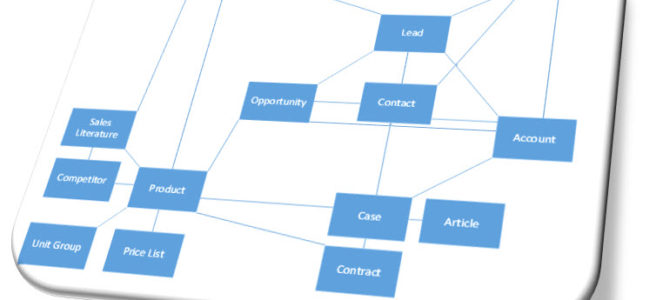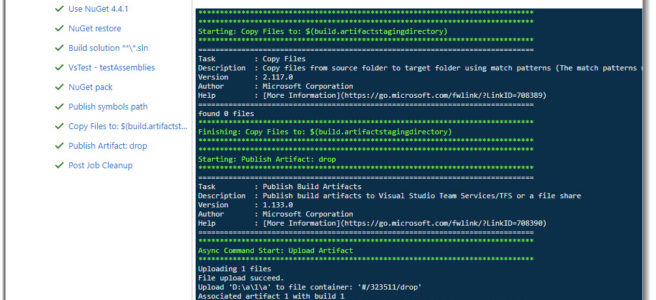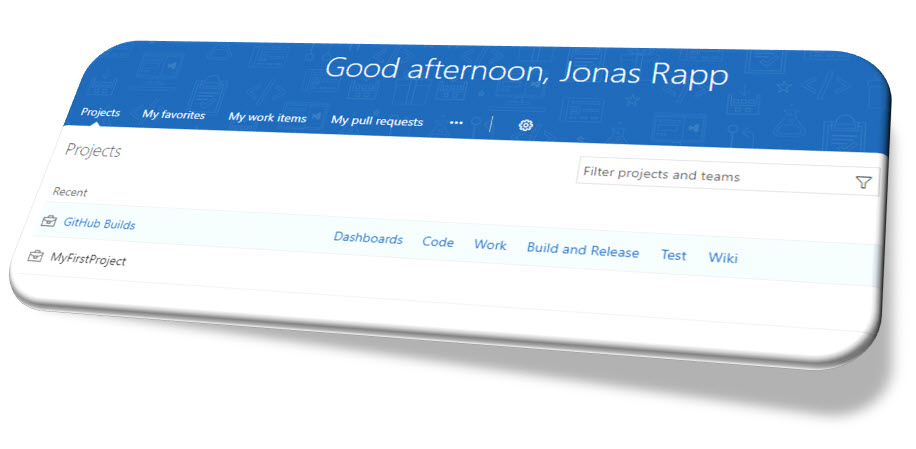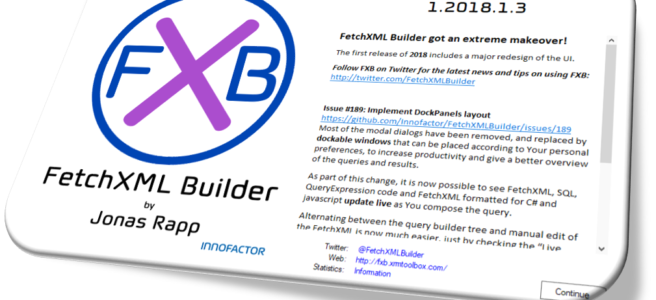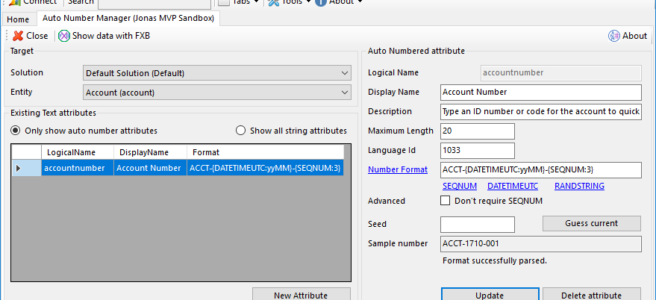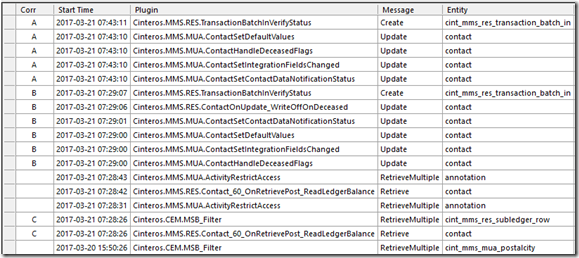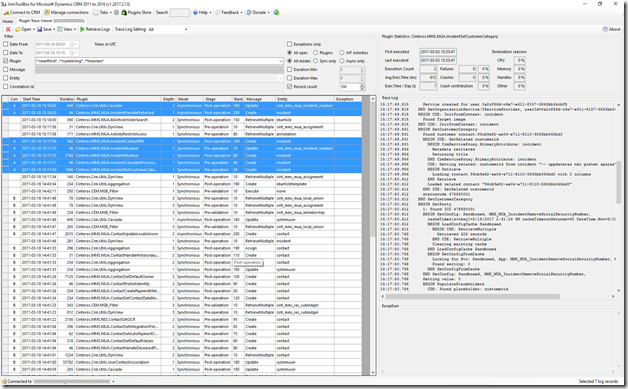Category: Open Source
Use Azure DevOps to publish XrmToolBox tools
Recently a fellow D365 developer, Lars Müller, wrote an article on how to Build a versioned XrmToolBox plugin.
I am taking this one step further, to show you how to create a complete CI/CD pipeline for your XrmToolBox tools.
Continue reading “Use Azure DevOps to publish XrmToolBox tools”Five ways to improve Quality and Productivity of Dynamics 365 development
a.k.a – Once I did a session twice
Just like last year in Lisbon, I did a developer focused session during eXtreme365 in Dubrovnik. Last year I had full focus on how to develop plugins for analysis, primarily using the Plug-in Trace Log in the code and how to best analyze the results of it.
This year I took a bit wider approach with an ambition to help developers become more productive and get higher quality of their code. In this article I will go through the five different areas I covered in the session.
Continue reading “Five ways to improve Quality and Productivity of Dynamics 365 development” FetchXML Builder for Microsoft Dynamics 365/CRM got an extreme makeover
The first release of FetchXML Builder for XrmToolBox in 2018 contains a major face-lift.
New year – new design! After more than three years since first release, the time has come to use all the feedback from issues on GitHub, comments on Twitter, and collected statistics to improve the UI. This article describes some of the major changes introduced with the first release of 2018.
Continue reading “FetchXML Builder for Microsoft Dynamics 365/CRM got an extreme makeover”More Auto Numbering features
In my previous article I described the details of the new Auto Number attributes feature of Microsoft Dynamics 365, and how to manage them using Auto Number Manager for XrmToolBox.
Since this article, a few new possibilities have been verified to be supported.
Continue reading “More Auto Numbering features”Auto Number attributes in Microsoft Dynamics 365
With the release of Microsoft Dynamics 365 Customer Engagement October service update (v9.0), two of the most requested customization features were finally implemented in the platform:
- Multi-select optionsets
- Custom auto numbered attributes
A canary in CRM
 Have you ever faced a situation when you don’t know why your Microsoft Dynamics 365 Customer Engagement system behaves the way it does, or why your own plugins behave the way they do?
Have you ever faced a situation when you don’t know why your Microsoft Dynamics 365 Customer Engagement system behaves the way it does, or why your own plugins behave the way they do?
If you have, this might be a good time to put a canary in your system.
– A what?
– A canary.
You know when we were manually laboring down the coal mines, it happened that drilling into the rock inadvertently let out poisonous gas. So we brought in cages with canary birds putting their life at stake, to save our coal miners’ lives. The canaries were signaling the content of the atmosphere long before the coal miners would detect something dangerous. They did this by suddenly being upside down, instead of happily chattering.
As a plugin developer of many years, I have added extra tracing to my plugins more times than I can count and sometimes even added steps for more messages than necessary, and I am sure most of you reading this post have too, in one way or another.
Continue reading “A canary in CRM”
